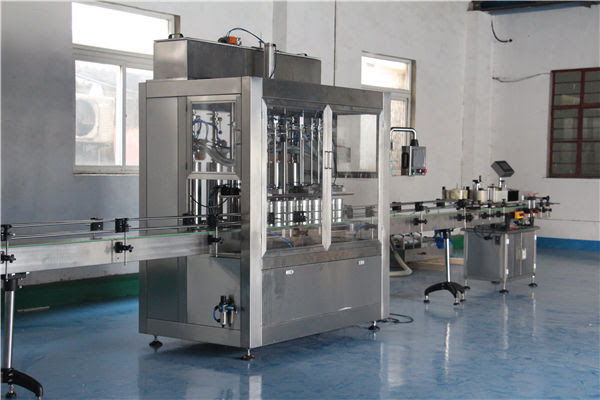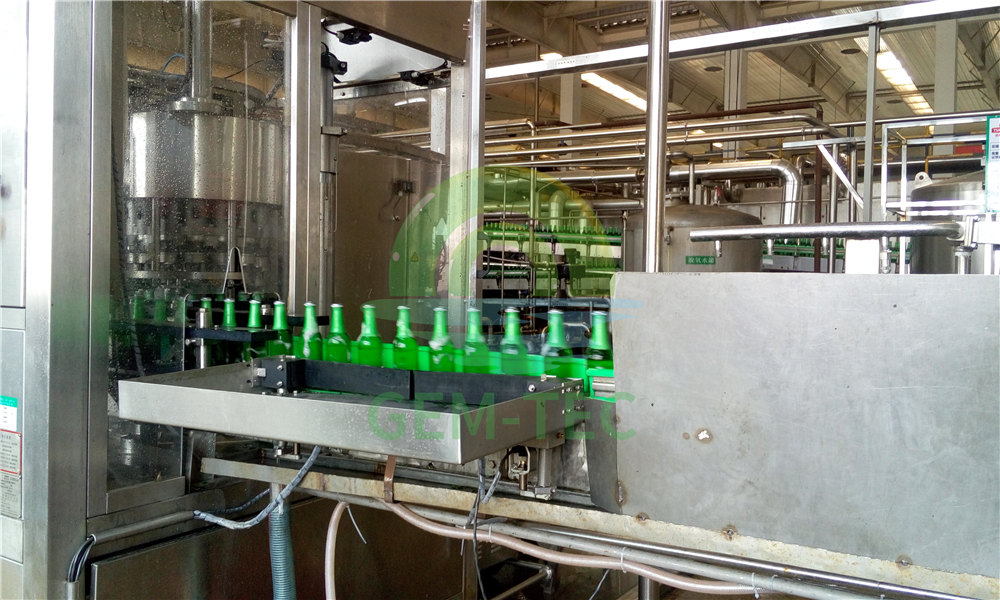A liquid filling machine stands at the crossroads of efficiency and precision in modern manufacturing, quietly revolutionising how we bottle everything from pharmaceuticals to fine wines. These unassuming metal orchestrators move with metronomic rhythm on factory floors worldwide, filling containers with exact measures of substance while human hands are freed for more nuanced tasks. Their presence marks a curious intersection of technological progress and everyday consumption—devices most people never see yet depend upon daily.
The Invisible Architecture of Consumption
What we consume arrives to us through channels carved by industrial automation. Behind each bottle of medicine, each jar of preserves, each container of cleaning solution lies a choreography of pistons, nozzles, and conveyor belts that pour with a precision human hands cannot match. The liquid filling machine operates in this liminal space between raw material and finished product, transforming bulk substance into individual portions with mathematical consistency.
Singapore-based engineers describe this transformation eloquently:
“The filling machine doesn’t simply transfer liquid; it quantifies intention. Each millilitre dispensed represents a promise to the consumer about exactly what they’re receiving—no more, no less. This precision forms the foundation of consumer trust.”
The Symphony of Mechanisms
How These Machines Think
Every liquid possesses its own character—its viscosity, its tendency to foam, its reactivity with air. The filling machine must be both philosopher and physicist, understanding the nature of what it handles.
Different liquids demand different approaches:
· Time-based filling for thin, free-flowing liquids like water
· Flow meter systems for precise volumetric measurement of beverages
· Piston fillers for thick, viscous substances like honey or cosmetic creams
· Vacuum fillers for foamy products that would otherwise trap air
· Weight-based systems for products where mass matters more than volume
Each mechanism emerges from the particular relationship between container and contained, between the vessel and what it will hold. The poetry of the process lies in this attunement to material properties—how the machine must respect the character of both substance and container.
The Question of Scale
From Artisanal to Industrial
The small-batch producer faces different challenges than the industrial giant, yet both require precision. A Singapore liquid filling machine specialist notes:
“The real innovation isn’t just in speed but in scalability. Today’s systems can adapt from filling hundreds to thousands of units per hour without sacrificing accuracy. This democratises precision across production scales.”
What was once the domain of massive corporations now enters smaller facilities, allowing craft producers to achieve industrial consistency while maintaining artisanal values. The tabletop filling machine brings pharmaceutical-grade accuracy to the small batch producer, allowing independent businesses to compete on consistency.

The Future Unfolds: Intelligent Filling
The Rise of Adaptive Systems
The next frontier in liquid filling technology lies in adaptive intelligence. Modern machines increasingly incorporate sensors that can detect variations in liquid properties in real-time, adjusting parameters on the fly. This self-correcting capability means that as a batch of liquid changes temperature or viscosity, the machine recalibrates itself to maintain perfect fill levels.
This intelligence extends to predictive maintenance as well. By monitoring their own performance metrics, advanced filling systems can anticipate potential failures before they occur, scheduling maintenance during planned downtime rather than breaking down unexpectedly. This cognitive dimension transforms the filling machine from a mere tool into a semi-autonomous production partner, capable of making decisions that once required human judgment.
The Environmental Calculus
Precision as Sustainability
In our age of environmental reckoning, the liquid filling machine emerges as an unlikely environmental ally. By eliminating overfilling—those extra millilitres that might seem insignificant in a single bottle but multiply across millions—these machines prevent substantial material waste.
This precision creates ripple effects:
· Less product wasted through spillage or overfilling
· More efficient use of packaging materials
· Reduced shipping weight across supply chains
· Fewer cleaning chemicals required in production
· Lowered energy consumption compared to manual filling operations
Each drop saved represents not just economic efficiency but material conservation—a quiet environmental victory repeated billions of times daily across global supply chains.
The Human Element Reconsidered
The relationship between worker and machine evolves as automation advances. Rather than simply replacing human labour, the modern filling line reconfigures it. Operators become orchestrators rather than performers, monitoring multiple systems simultaneously, interpreting data patterns, and making adjustments that require human judgment.
The liquid filling machine thus creates a curious hybrid space where human intuition and mechanical precision complement each other. The operator’s experience becomes central to optimising the system, creating a collaborative relationship rather than a replacement narrative.
Beyond the Visible
The filling machine represents something larger than itself—the invisible infrastructure that delivers modern life. It embodies our cultural relationship with precision, our expectations about standardisation, and our often unexamined assumptions about how products should arrive to us.
As we move forward, these machines will likely become even more adaptive, perhaps one day responding to the specific properties of each batch of liquid rather than following predetermined parameters. They might communicate with other elements in the supply chain, adjusting fill levels based on environmental conditions or consumer preferences.
In this quiet evolution of industrial processes, we might glimpse something of our own relationship with technology—how we create systems that pour exactly what we specify, no more and no less. The next time you hold a perfectly filled bottle, consider the unseen choreography of the liquid filling machine that delivered that precise measure into your hands.


